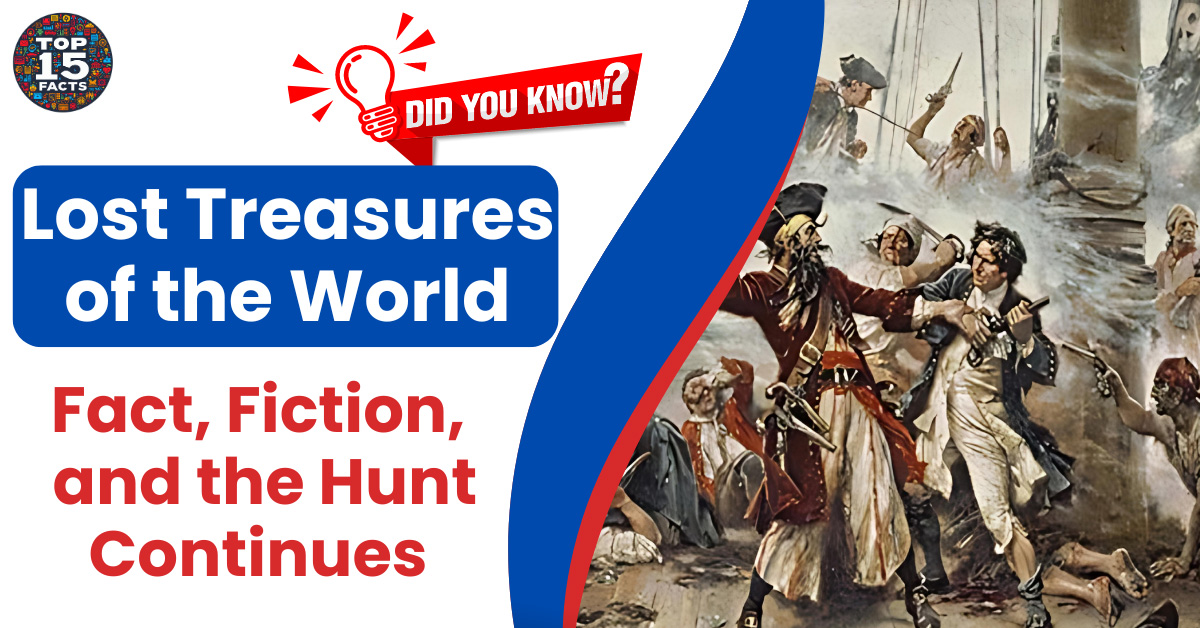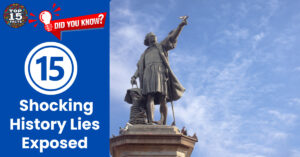Introduction
The allure of lost treasures has captivated imaginations for centuries. Tales of buried pirate gold, vanished royal jewels, and ancient cities swallowed by time fuel our dreams of striking it rich and uncovering forgotten history. While some lost treasures have been found, others continue to tantalize adventurers and historians, begging to be unearthed. Let’s dive into the fascinating world of lost treasures and examine some of the most enduring mysteries.
15 Facts About the World’s Lost Treasures
- The Amber Room, once considered the “Eighth Wonder of the World,” vanished during World War II.
- The legendary Ark of the Covenant, said to hold the tablets of the Ten Commandments, has been lost for millennia.
- The Treasure of the Knights Templar, amassed during the Crusades, disappeared after the Order’s suppression.
- Blackbeard the pirate allegedly buried vast treasures, but their locations remain a mystery.
- The Tomb of Genghis Khan, founder of the Mongol Empire, has never been found, despite extensive searches.
- The Lost City of Z, a rumored metropolis in the Amazon, has captivated explorers for centuries.
- The Dead Sea Scrolls, ancient religious texts, were rediscovered in caves after being lost for nearly 2000 years.
- The Honjo Masamune, a legendary Japanese sword crafted in the 13th century, has been missing since the end of World War II.
- Countless shipwrecks dot the ocean floor, potentially laden with valuable cargo.
- The Florentine Diamond, a 137-carat yellow diamond, disappeared and may have been recut into smaller stones.
- The Library of Alexandria, one of the ancient world’s greatest repositories of knowledge, was destroyed long ago.
- The Gold of Lake Guatavita is linked to El Dorado legends and may lie submerged in the Colombian lake.
- The Crown Jewels of Ireland were stolen from Dublin Castle in 1907 and never recovered.
- Montezuma’s Treasure supposedly remains hidden, taken by the Aztecs during their retreat from the conquistadors.
- The Oak Island Money Pit in Nova Scotia has baffled treasure hunters for centuries.
1. The Amber Room: A Gilded Enigma
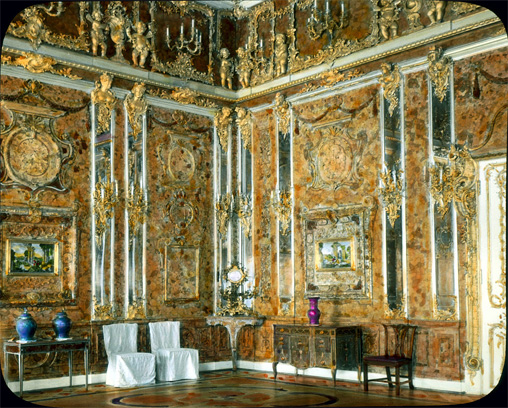
Image Source: wikipedia
History:
The Amber Room, a marvel of 18th-century craftsmanship, was a chamber adorned with walls entirely covered in amber panels, interspersed with gold leaf ornaments and mirrors. Commissioned by King Frederick I of Prussia and gifted to Peter the Great of Russia in 1717, it became a centerpiece of the Catherine Palace near St. Petersburg.
Facts:
The Amber Room’s construction involved over six tons of amber, painstakingly carved and assembled by artisans in Prussia. The amber itself originated in the Baltic region, fossilized tree resin millions of years old, prized for its beauty and warmth. The chamber’s design incorporated intricate marquetry, paintings, and sculptures, creating a dazzling visual spectacle.
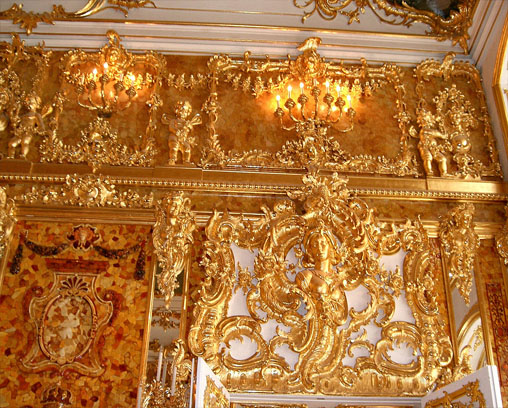
Image Source: wikipedia
Science Research:
Scientific analysis of the Amber Room’s panels reveals the amber used originated from specific regions along the Baltic coast. Researchers have also utilized dendrochronology, a technique that dates wood based on growth rings, to analyze underlying wooden structures within the panels. This research can provide clues about the amber’s source and the timeframe of the room’s construction.
The Disappearance:
During World War II, Nazi forces occupied the Catherine Palace and meticulously dismantled the Amber Room, shipping its components back to Germany. However, the room’s fate after that remains a mystery.
The Search Continues:
Extensive searches by the Soviet Union and later Russia have failed to locate the Amber Room. Theories abound, suggesting it was destroyed in Allied bombings, hidden in a secret location, or even broken up and sold on the black market. The Amber Room’s disappearance continues to be one of the most enduring mysteries of World War II looting.
2. The Ark of the Covenant: Lost Relic or Myth?
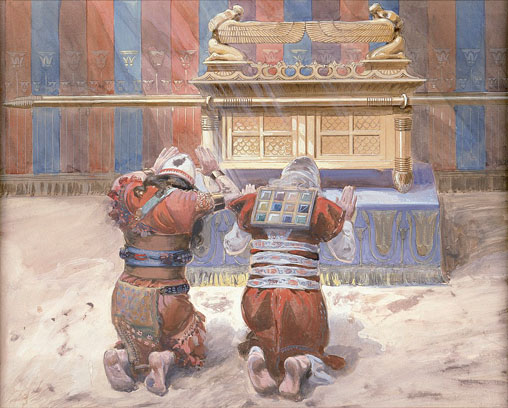
Image Source: wikipedia
History:
The Ark of the Covenant, according to the Hebrew Bible, was a sacred chest constructed to house the Ten Commandments, the divinely revealed laws given to Moses by God. The Ark was believed to be a portable sanctuary, richly decorated with gold and topped by two golden cherubim.
Facts:
The Ark played a significant role in the Israelites’ journey to the Promised Land. It was believed to possess immense power, capable of parting the Red Sea and destroying enemies. However, there is no archaeological evidence to confirm the Ark’s historical existence.
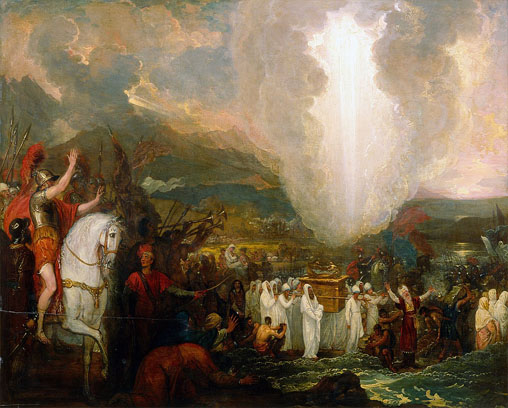
The Search for the Ark:
The Ark’s fate after the First Temple’s destruction in Jerusalem by the Babylonians in 586 BCE remains unknown. Legends and speculation have placed it in various locations, including Ethiopia, Jordan, and even beneath the Temple Mount in Jerusalem.
Scientific Research:
While archaeology cannot definitively locate the Ark, ongoing excavations in Jerusalem continue to unearth artifacts related to the First Temple period. These finds shed light on the religious practices and beliefs of the ancient Israelites, potentially providing clues about the Ark’s original location and significance.
Read More: The Top 15 Inventions That Changed the World | Discover Their Impact
3. The Knights Templar: Treasure or Tall Tale?

Image Source: wikipedia
History:
The Knights Templar, a powerful religious-military order founded in the 12th century, played a crucial role in the Crusades. They amassed significant wealth through donations, banking activities, and land ownership.
Facts:
The Templars established a sophisticated financial network across Europe and the Middle East, financing the Crusades and facilitating trade. Their wealth fueled speculation about hidden riches, with legends portraying them as guardians of immense treasures.

The Downfall and the Missing Treasure:
In 1307, King Philip IV of France, deeply in debt to the Templars, accused them of heresy and blasphemy. The order was disbanded, and its members were tortured and executed. However, the whereabouts of their supposed treasure remains a mystery.
Scientific Research:
Archaeological digs at Templar sites across Europe and the Middle East have unearthed Templar castles, churches, and financial records. These finds offer insights into their organization and activities, but no conclusive evidence of a hidden treasure has been discovered.
Theories and Speculation:
The lack of concrete evidence regarding the Templar treasure has fueled numerous theories. Some suggest it was smuggled out of Europe and hidden in a secret location. Others believe it was used to finance the establishment of secret societies or even the exploration of the New World.
4. Blackbeard’s Buried Bounty: Fact or Fiction?

Image Source: wikipedia
History:
Edward Teach, better known as Blackbeard, was a notorious pirate who terrorized the Caribbean in the early 18th century. He amassed a considerable fortune through piracy, plundering ships and coastal settlements.
Facts:
Historical accounts depict Blackbeard as a fearsome pirate captain, known for his flamboyant appearance and ruthless tactics. Legends claim he buried vast amounts of his loot Legends claim he buried vast amounts of his loot in secret locations along the Atlantic coast and Caribbean islands. However, the locations, and even the true extent of Blackbeard’s treasure, remain a subject of speculation.
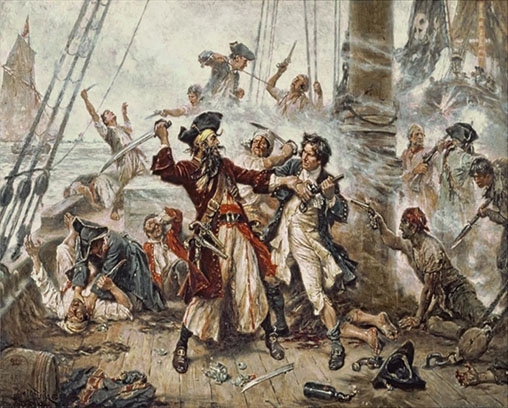
The End of Blackbeard:
In 1718, Blackbeard was killed in battle with British naval forces off the coast of North Carolina. His ship, the Queen Anne’s Revenge, was discovered in 1996 and has been actively excavated by archaeologists since, providing clues about the life of a pirate during this era.
Scientific Research:
Marine archaeology has been instrumental in analyzing the wreckage of Blackbeard’s ship and other identified pirate shipwrecks. Artifacts such as coins, weapons, and personal belongings shed light on the material culture, trade routes, and everyday life of pirates during the Golden Age of Piracy. However, no substantial horde of treasure linked to Blackbeard has been located.
Read More: 15 Surprising Renaissance Facts You Won’t Believe Are True
5. The Tomb of Genghis Khan: An Undisturbed Legacy

(Image credit: Francesco Vaninetti Photo via Getty Images)
History:
Genghis Khan, founder of the Mongol Empire in the 13th century, was one of the most influential conquerors in history. Ruling over a vast territory stretching from China to Eastern Europe, Genghis Khan amassed tremendous wealth and power.
Facts:
Upon his death in 1227, Genghis Khan was reportedly buried in a secret location in Mongolia. Mongol tradition dictates that a ruler’s tomb must remain undisturbed to ensure the safe passage of their spirit into the afterlife. This secrecy, along with the vast and challenging terrain of Mongolia, has made his tomb extremely difficult to locate.
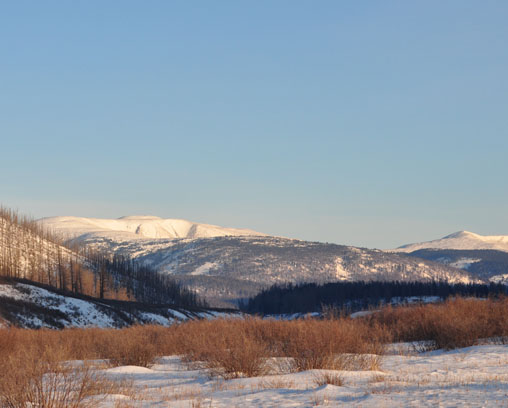
The Search for the Tomb:
Despite numerous expeditions, the location of Genghis Khan’s tomb remains unknown. Some researchers believe it may lie within Burkhan Khaldun Mountain in northeastern Mongolia, a sacred site to the Mongols and a region with restricted access.
Scientific Research:
Modern expeditions searching for Genghis Khan’s tomb often employ satellite imagery and remote sensing technologies to scan large swaths of land for anomalies that could indicate a potential burial site. Ground-penetrating radar and other non-invasive techniques could then be used for more detailed investigation. However, honoring Mongolian traditions and respecting the sacredness of the land remain paramount
6. The Lost City of Z: A Jungle Enigma
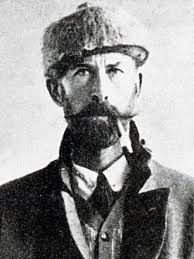
Image Source: wikipedia
History:
The legend of the Lost City of Z centers around British explorer Percy Fawcett’s search for a fabled, advanced civilization deep in the uncharted Amazon rainforest. Fawcett theorized this city was a remnant of an ancient lost world and could hold clues to humanity’s forgotten past.
Facts:
Fawcett’s expeditions through the Amazon between 1906 and 1925, during which he made detailed observations of indigenous tribes and the region’s unique biodiversity, fueled his belief in Z’s existence. He disappeared with his son and a friend on his final expedition in 1925, sparking a century-long search for answers.
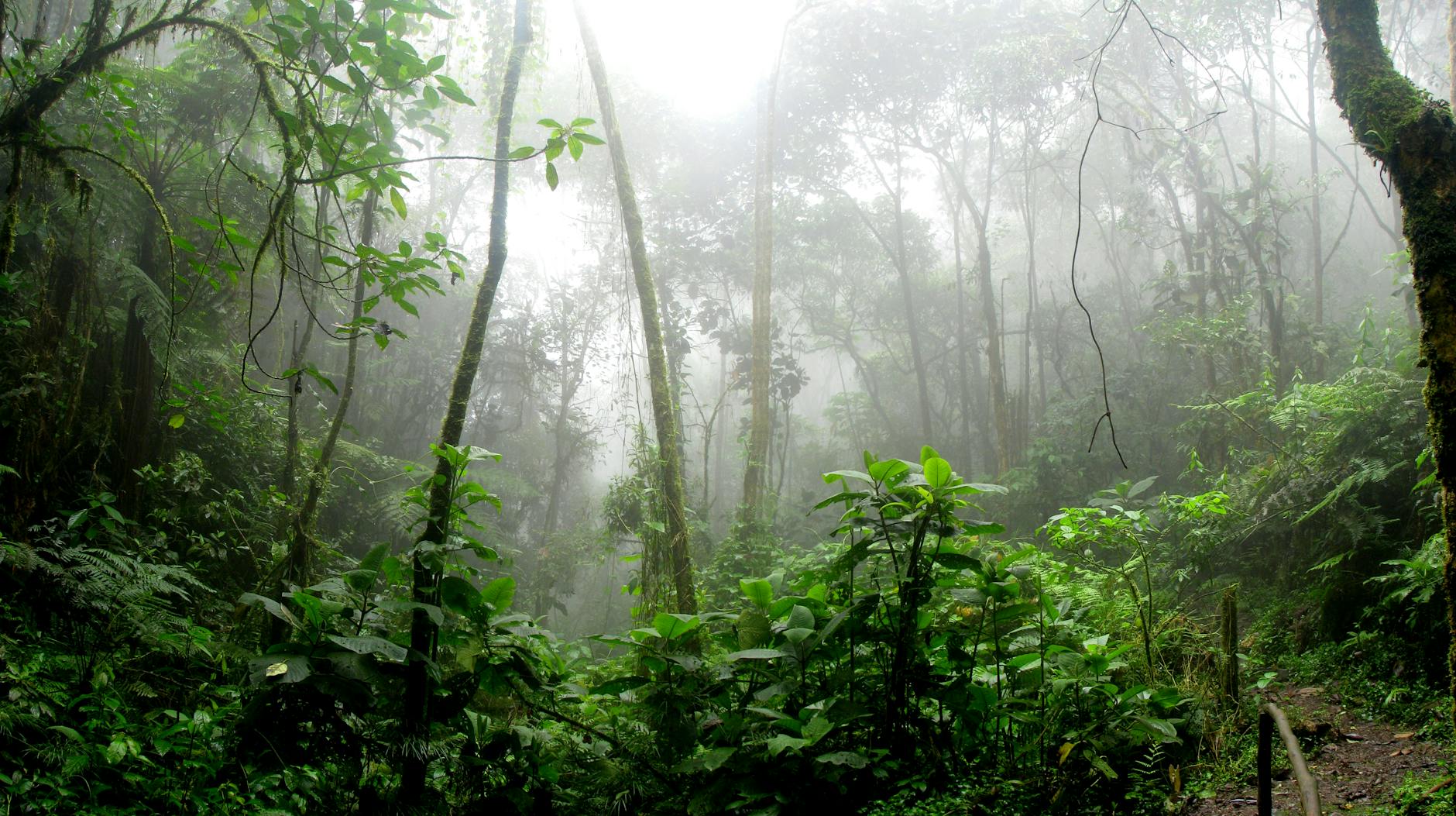
Amazonian Archaeology
Advances in archaeology, including the use of LiDAR (Light Detection and Ranging) technology, have recently revealed evidence of extensive pre-Columbian settlements within the Amazon basin. These discoveries suggest the rainforest may have been home to much larger and more complex societies than previously believed.
The Continuing Search for Z:
While Fawcett’s specific vision of a vast stone city may have been misguided, archaeologists continue exploring the Amazon and uncovering evidence that reshapes our understanding of its past. The search for Z, in a sense, continues, transforming into a broader investigation of the complex societies and cultures that once thrived in the Amazon rainforest.
7. The Dead Sea Scrolls: Ancient Texts Rediscovered

History:
The Dead Sea Scrolls are a collection of ancient Jewish religious manuscripts discovered in caves near the Dead Sea between 1946 and 1956. These scrolls, written in Hebrew, Aramaic, and Greek, date back to between the 3rd century BCE and the 1st century CE.
Facts:
The Dead Sea Scrolls include some of the oldest known surviving copies of biblical texts, as well as documents illuminating the diversity of Jewish thought and practices during a crucial period in the development of Judaism and early Christianity.
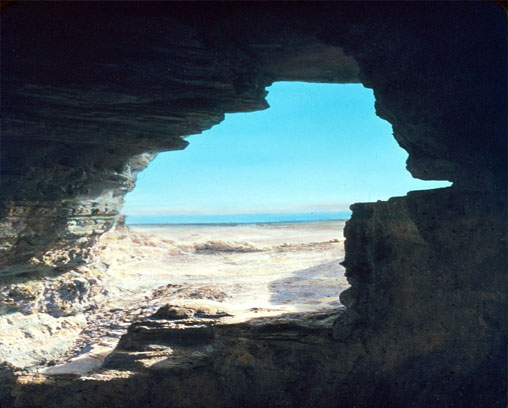
Image Source: wikipedia
Rediscovery and Preservation:
Their accidental discovery by Bedouin shepherds in 1946 led to intensive archaeological exploration of the surrounding caves. The fragile scrolls were meticulously pieced together and preserved, providing a treasure trove of information about the ancient world.
Scientific Research:
Advanced imaging technologies and DNA analysis have aided scholars in deciphering and authenticating the Dead Sea Scrolls. The study of these texts continues to provide invaluable insights into the religious world of the Second Temple Period.
Read More: 15 Mind-Blowing Facts About Shakespeare You Didn’t Know
8. The Honjo Masamune: A Legendary Sword Lost

History:
The Honjo Masamune is considered one of the greatest swords ever forged. It was created by legendary Japanese swordsmith Goro Nyudo Masamune in the 13th or 14th century. Renowned for its superior craftsmanship and exceptional beauty, the sword changed hands among powerful rulers throughout Japanese history.
Facts:
The Honjo Masamune became a symbol of the Tokugawa Shogunate, who ruled Japan for over 250 years. After Japan’s surrender in World War II, the sword fell into the possession of an American soldier and has not been seen publicly since. Its current whereabouts remain a mystery.
A Sword of Legend:
The Honjo Masamune holds mythical status in Japanese culture, representing valor, honor, and the pinnacle of samurai swordsmithing. Its disappearance has only contributed to its legendary reputation.
9. Shipwrecks: Sunken Treasures of the Deep
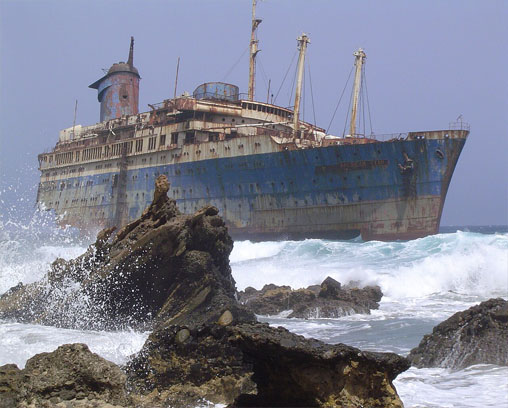
Image Source: wikipedia
History:
Since the dawn of seafaring, countless ships have been lost at sea due to storms, piracy, warfare, or navigational errors. The ocean floor is littered with these shipwrecks, many potentially carrying valuable cargo and historical artifacts.
Facts:
Shipwrecks offer a unique time capsule, preserving the material culture and personal stories of people from different historical eras. They can contain treasures such as gold, silver, jewels, navigational instruments, weapons, and everyday objects that provide a glimpse into the past.
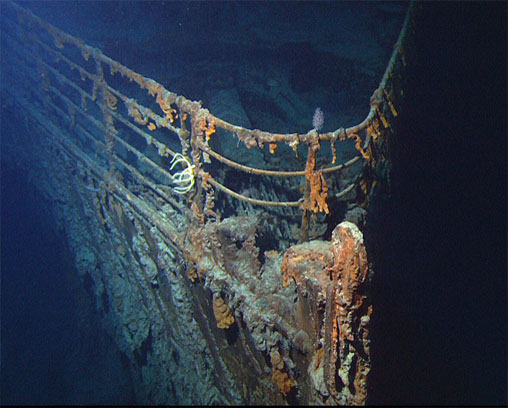
Underwater Archaeology:
The advancement of scuba diving and deep-sea exploration technology has enabled maritime archaeologists to locate, study, and sometimes recover artifacts from shipwrecks. Some famous shipwreck discoveries include the Titanic, the Vasa (a 17th century Swedish warship), and numerous Spanish galleons laden with treasures from the New World.
10. The Florentine Diamond: Lost Splendor
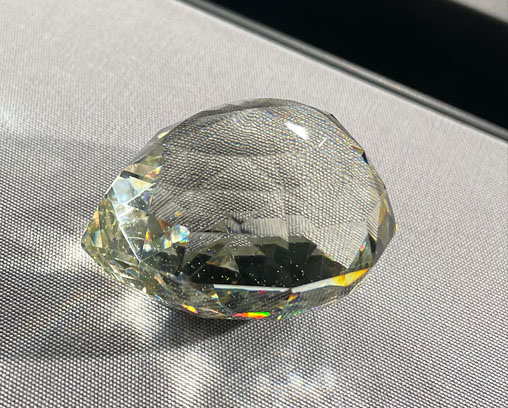
History:
The Florentine Diamond was a magnificent 137-carat yellow diamond, believed to have been originally cut in India during the Middle Ages. Passed through the hands of European monarchs, including the Medici family in Florence (hence its name), it eventually became part of the Habsburg Crown Jewels of Austria.
Facts:
The Florentine Diamond disappeared after World War I, likely broken up and recut into smaller stones with the intent of obscuring their origin. The loss of this historic jewel, known for its unusual pale yellow hue, is considered a significant blow to the heritage of gemstones.
The Mystery of the Recut Diamonds:
It is speculated that some of the smaller diamonds created from the recutting of the Florentine could still be in circulation, their history obscured. Identification of these smaller gems poses a significant challenge for gemologists and historians.
11. The Library of Alexandria: A Beacon of Knowledge Extinguished
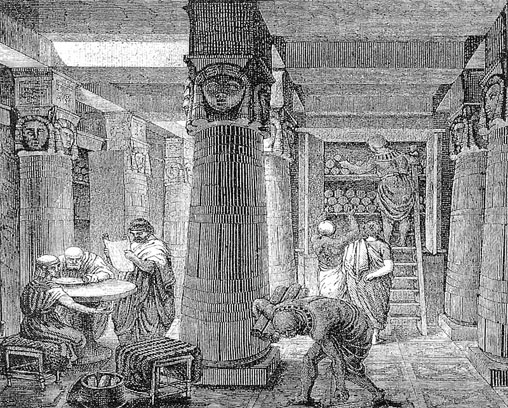
History:
The Great Library of Alexandria, founded in the 3rd century BCE in Egypt, was one of the world’s largest and most important repositories of knowledge in the ancient world. The Library housed hundreds of thousands of scrolls, encompassing philosophy, literature, science, mathematics, and medicine derived from Greek, Egyptian, Babylonian, and other cultures.
Facts:
The exact cause and timeframe of the Library’s destruction remain debated. Historical sources implicate various events ranging from an accidental fire during Julius Caesar’s conquest of Egypt to gradual destruction over centuries.
Lost Wisdom:
The loss of the Library of Alexandria represents a colossal setback to the preservation of ancient knowledge and a reminder of the fragility of intellectual heritage.
12. The Gold of Lake Guatavita and the El Dorado Legend
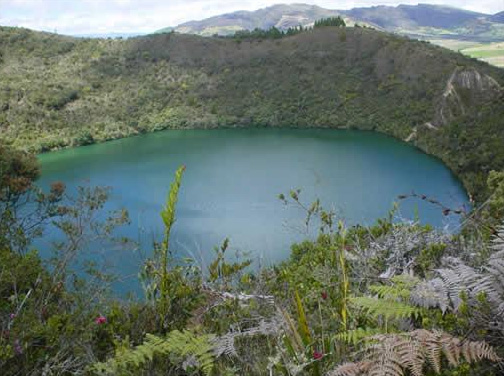
History:
The legend of El Dorado originated in 16th-century South America, describing a mythical city or kingdom overflowing with gold. It is associated with the Muisca people, an advanced indigenous civilization inhabiting the highlands of modern-day Colombia. Lake Guatavita, located in the Andes mountains, figures prominently in this legend.
Facts:
The Muisca practiced a ritual where a new chieftain, covered in gold dust, would offer treasures to the gods by submerging himself and the offerings in the sacred Lake Guatavita. Spanish conquistadors, lured by tales of immense riches, relentlessly searched for El Dorado and drained portions of the lake to retrieve gold artifacts that confirmed the rituals.
![Votive objects found at the bottom of Lake Guatavita. British Museum[4]](https://top15facts.com/wp-content/uploads/2024/03/Lake_Guatavita-BM.JPG.jpg)
Image Source: wikipedia
El Dorado’s Legacy:
While the Spanish never discovered a fabled golden city, El Dorado persists in the imagination as a symbol of insatiable greed, the destructive impact of colonialism, and the enduring fascination with lost civilizations.
13. The Crown Jewels of Ireland: A Daring Heist
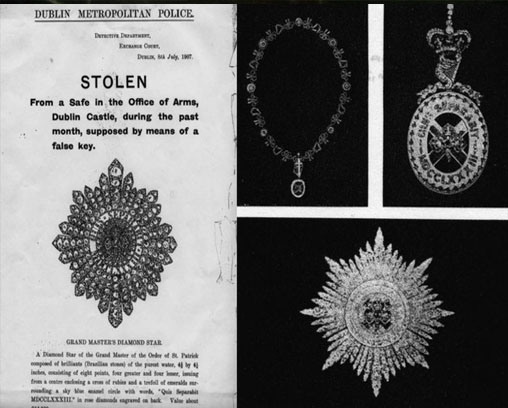
History:
The Irish Crown Jewels, comprised of exquisite regalia belonging to the Order of St. Patrick (a British order of chivalry), were stored within Dublin Castle, the seat of British rule in Ireland.
Facts:
In 1907, just days before a planned visit by King Edward VII, the heavily guarded jewels were audaciously stolen. Investigations into the theft were mired in incompetence and accusations of cover-ups. The jewels were never recovered, and their fate remains unknown.
Theories and Suspects:
Speculation has ranged from Irish nationalists seeking to undermine the British monarchy, to opportunistic thieves looking for a valuable haul, to conspiracies involving officials within Dublin Castle itself. The brazen theft continues to be a source of both embarrassment and intrigue in Irish history.
14. Montezuma’s Treasure: Gold Lost in Retreat
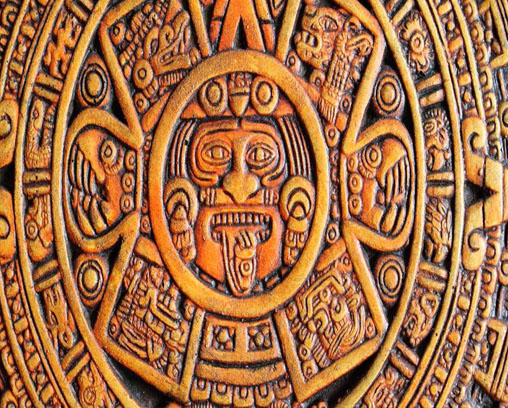
History:
Montezuma II was the last Aztec emperor, defeated by Spanish conquistadors under Hernan Cortés in 1521. Legends tell of vast quantities of Aztec gold and treasure supposedly amassed by Montezuma.
Facts:
During “La Noche Triste”, the Aztecs’ bloody expulsion of the Spaniards from Tenochtitlan (modern-day Mexico City), a portion of the treasure is believed to have been lost as the conquistadors retreated. Some of this treasure is rumoured to be hidden somewhere in Mexico or the southwestern United States.
Modern Searches:
The allure of Montezuma’s Treasure continues to inspire treasure hunters armed with oral histories, folklore, and modern metal detectors. However, centuries of dedicated searches have yet to yield any definitive discovery.
15. The Oak Island Money Pit: A Puzzle of Booby Traps
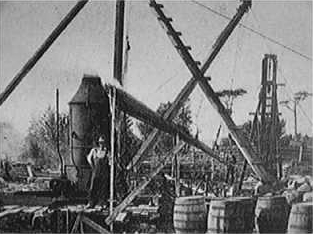
History:
Oak Island, a small island off the coast of Nova Scotia in Canada, has been the site of treasure hunting expeditions for over two centuries. The legend of the Money Pit originated in the late 1700s when a young man discovered a depression in the ground and reports of buried treasure started circulating.
Facts:
Over the years, numerous treasure hunters have excavated the Money Pit, discovering what appears to be a complex system of shafts, booby traps, and mysterious markings. Treasure hunting companies have spent millions of dollars employing heavy machinery but have been repeatedly thwarted by flooding and collapses.
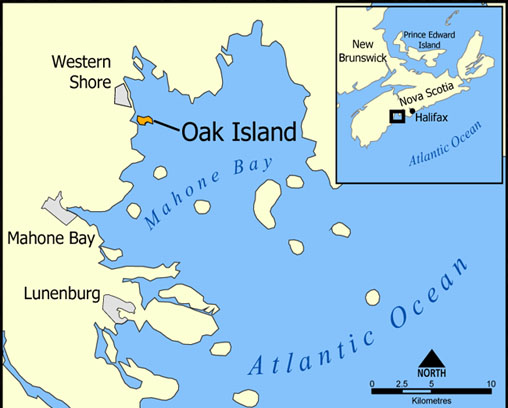
Theories and Intrigue:
What lies at the bottom of the Money Pit is unknown. Speculation abounds, ranging from pirate treasure to lost manuscripts, the treasures of the Knights Templar, or even a hoax designed to snare gullible investors. The Oak Island enigma continues to baffle treasure hunters and skeptics alike.
Conclusion:
The search for lost treasures fuels our imaginations, beckoning us to explore the mysteries of the past and to dream of uncovering hidden fortunes. Whether these treasures lie buried beneath the earth, submerged in the ocean depths, or exist only as captivating legends, they remind us of the enduring power of history and the human spirit of adventure. While some lost treasures may one day be recovered, others may remain forever veiled in secrecy, leaving us with tantalizing questions and a thirst for discovery that persists across the ages.
15 FAQs (Frequently Asked Questions):
-
Are all lost treasures valuable in terms of money?
No. While many lost treasures hold monetary value in the form of gold, jewels, or other precious materials, some are primarily significant for their historical and cultural importance. Examples include the Library of Alexandria or the Tomb of Genghis Khan.
-
Is it legal to search for lost treasures?
The legality of treasure hunting varies greatly depending on location, ownership of the land or water where the treasure is suspected, and specific national and international laws regarding antiquities. It is always essential to research thoroughly and obtain any necessary permits before embarking on a treasure hunt.
-
What are the ethical considerations of searching for lost treasures?
Treasure hunting raises important ethical concerns, including respecting historical sites and artifacts, preserving cultural heritage, and preventing the illegal trade of antiquities. It’s crucial to always prioritize responsible and ethical treasure hunting practices.
-
Can technology help find lost treasures?
Yes! Advances in technology play a significant role in modern treasure hunting. Tools like satellite imaging, ground-penetrating radar, underwater sonar, and advanced metal detectors aid in locating potential sites and artifacts.
-
What’s the most famous lost treasure that has been found?
One of the most famous recovered treasures is Tutankhamun’s tomb, discovered by Howard Carter in 1922 in Egypt’s Valley of the Kings. The tomb contained a wealth of artifacts that provided unprecedented insight into ancient Egyptian culture.
-
Is it likely that some lost treasures will never be found?
Yes, sadly, some lost treasures will likely remain lost forever. Factors such as destruction over time, inaccurate information, or the sheer difficulty of locating them in remote or inaccessible regions make their recovery difficult or impossible.
-
Are there any organizations dedicated to finding lost treasures?
Yes, there are numerous organizations, both professional and amateur, dedicated to the search for lost treasures. These include historical societies, archaeological groups, treasure hunting clubs, and even companies that specialize in underwater recovery efforts.
-
How can I learn more about a specific lost treasure?
There are many resources available for further research on lost treasures. Books, documentaries, reputable websites dedicated to history and archaeology, and even museum exhibits offer insights into the history, legends, and search efforts surrounding specific lost treasures.
-
Can anyone become a treasure hunter?
Technically, yes! However, treasure hunting often requires significant research, specialized equipment, knowledge of laws and regulations, and access to potential locations.
-
What should I do if I think I’ve found a lost treasure?
The most important thing is to document your find thoroughly. Take detailed photographs and notes, and record the exact location. Contact the relevant authorities or archaeological organizations in your area for guidance on reporting the find and determining the next steps.
-
Are there any modern-day stories of lost treasures being found?
Yes! Periodically, news stories report the discovery of shipwrecks containing treasure, caches of coins unearthed by hobbyists, or even misidentified art pieces found in attics that turn out to be masterpieces. These discoveries keep the dream of finding lost treasures alive.
-
Is it dangerous to search for lost treasures?
Treasure hunting can involve risks, depending on the location and nature of the search. Hazards might include treacherous terrain, unstable structures (like old mines or underground tunnels), dangerous wildlife encounters, or even legal issues if proper protocols are not followed. It’s crucial to assess potential risks and take precautions.
-
What’s the difference between treasure hunting and archaeology?
While both involve searching for the past, treasure hunting often prioritizes the finding of valuable artifacts, while archaeology emphasizes a systematic, scientific approach to understanding past cultures through careful excavation and analysis of the physical remains.
-
Can I sell a lost treasure if I find one?
Laws surrounding the ownership and sale of discovered treasures can be complex. In some cases, the finder may be entitled to a portion of the value, while in others the find may belong to the landowner, the government, or be subject to heritage protection laws. It’s essential to research relevant regulations thoroughly.
-
Where are some of the most likely places to find lost treasures?
Popular spots for treasure hunting include areas with a history of shipwrecks, old battlefields, ancient settlements, former trade routes, and sites associated with legends of buried treasure.

